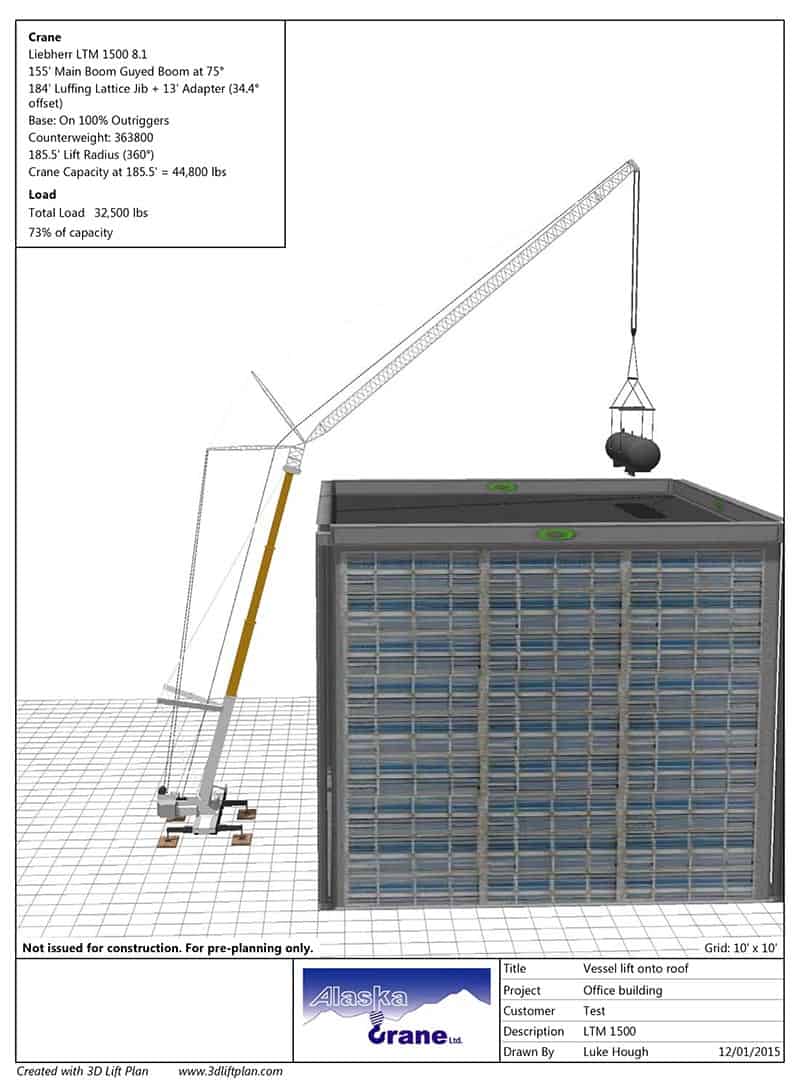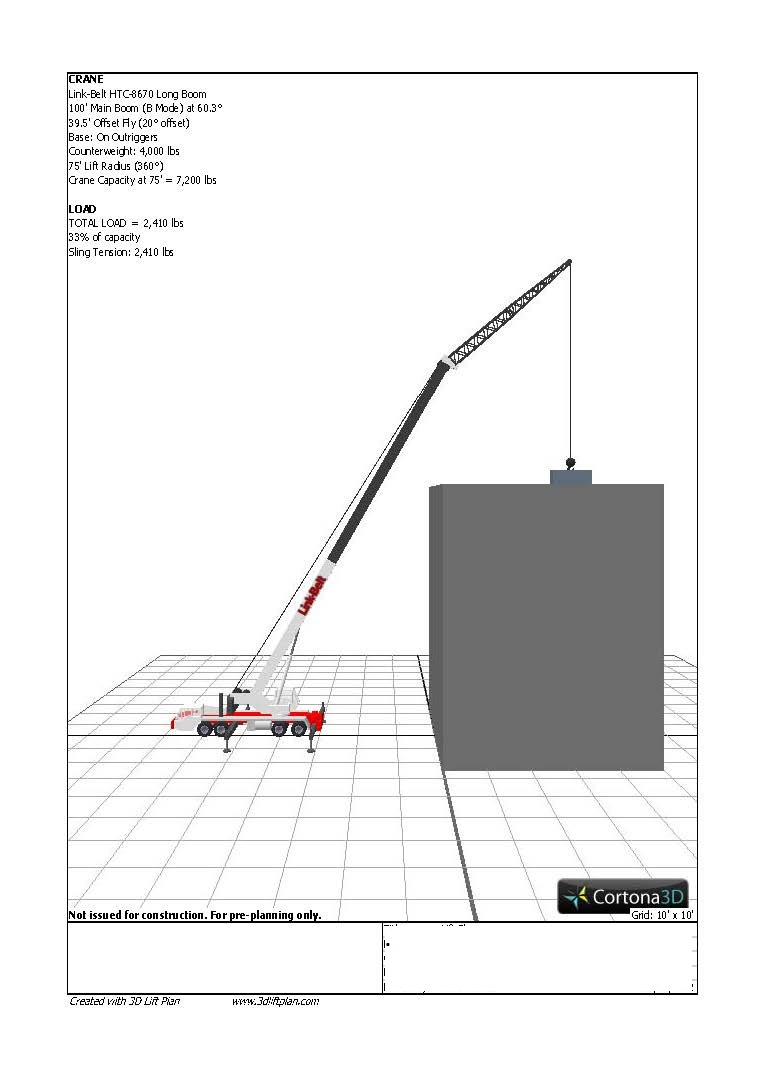
With the stage set, we figure out where we’ll have room to assemble the crane, factoring in space for any support vehicles we might need. When making a lift plan, we start by mapping out the job site as well as all of its surroundings. To prevent these kinds of disasters, we create meticulous lift plans for every lift we perform. In addition to monetary damages, it could cost someone their life. Brushing against it with a heavy load will cost a heck of a lot more than a quarter. Now imagine that the penguin in your way is a skyscraper or a row of power lines.

You can kiss your quarter goodbye if the claw’s arms so much as brush against the stuffed penguin next to the teddy bear you’re after. Creating a PlanĪnyone who’s played the crane game at an arcade knows how important it is to plan out every little move. To give you a better idea of what it takes to get your project off the ground, let’s discuss the on- and off-site site work we do to make sure we can complete your lift as scheduled.

Even for relatively small projects, “hook time,” the time we’re actively lifting, might amount to 25% of our job. During the setup, we’ll have as many as 12 crew members working together to ensure the lift can proceed safely.įor some jobs, actually lifting and placing loads only accounts for 5% of what we do. Once we arrive, the mobile crane setup procedure can take hours even if the lift itself will only take a few minutes.

In addition to the lift plan that we create for every job, big lifts require travel permits and detailed route planning just to get to the job site. Lifting heavy objects is hard work, but preparing for the lift can take significantly more time than the lift itself.


 0 kommentar(er)
0 kommentar(er)
